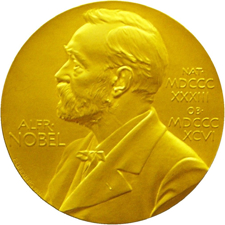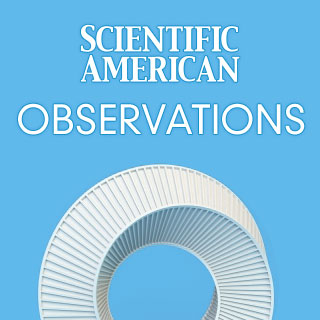More from the Magazine
 May
May
2004 Issue- Recommended AI at the Inception
- Insights Science's Political Bulldog
- Puzzling Adventures Jump Snatch
- Buy the Digital Edition
Evolution is a wellspring of creativity; 3.6 billion years of mutation and competition have endowed living things with an impressive range of useful skills. But there is still plenty of room for improvement. Certain microbes can digest the explosive and carcinogenic chemical TNT, for example--but wouldn't it be handy if they glowed as they did so, highlighting the location of buried land mines or contaminated soil? Wormwood shrubs generate a potent medicine against malaria but only in trace quantities that are expensive to extract. How many millions of lives could be saved if the compound, artemisinin, could instead be synthesized cheaply by vats of bacteria? And although many cancer researchers would trade their eyeteeth for a cell with a built-in, easy-to-read counter that ticks over reliably each time it divides, nature apparently has not deemed such a thing fit enough to survive in the wild.
It may seem a simple matter of genetic engineering to rewire cells to glow in the presence of a particular toxin, to manufacture an intricate drug, or to keep track of the cells' age. But creating such biological devices is far from easy. Biologists have been transplanting genes from one species to another for 30 years, yet genetic engineering is still more of a craft than a mature engineering discipline.
Read Comments (1) | Post a comment




















